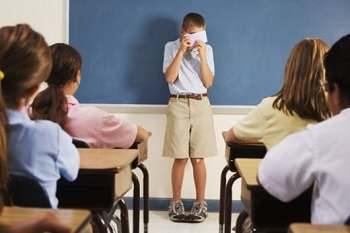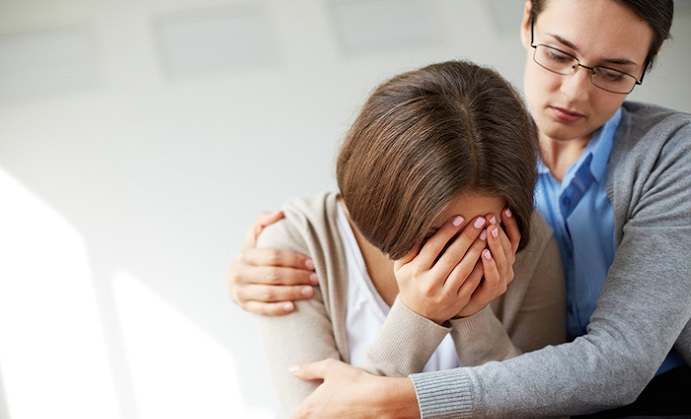Anxiety affects over 40 million people in the United States, which accounts for 18% of the entire population of the country. These disorders can roughly be split up into six different types. Variations can exist from one person to the other, but the following variants are the most common ones.
GAD
GAD stands for Generalized Anxiety Disorder. This type is characterized by signs that don’t go away after six months. Some of the most common symptoms of this disorder include a racing heart, snowballing worries, and obsessive thinking or compulsive behavior. Someone might even experience hot and cold flashes, depending on the amount of stress they undergo at a specific time. If you have been feeling tired, restless and have had issues concentrating for over three months, you may be suffering from GAD.
Social phobia
 Social phobia often occurs when one has to manage with a social interaction such as having a meal with friends, acquaintances or the parents of one’s partner. The same happens in performance situations, such as having a public presentation or giving a speech in front of a broad audience.
Social phobia often occurs when one has to manage with a social interaction such as having a meal with friends, acquaintances or the parents of one’s partner. The same happens in performance situations, such as having a public presentation or giving a speech in front of a broad audience.
Symptoms of social phobia include trembling, blushing, nausea, and excessive perspiration.
Specific phobias
Specific phobias are different from other anxiety disorders in the sense that they are strictly triggered by a particular stimulus. One can experience fear of heights, fear of dogs, fear of insects and many other types of phobias. The symptoms of this disorder include nausea, dizziness, chest pain, perspiration, and choking.
OCD
 OCD is caused by biological and environmental factors. For instance, people suffering from Obsessive Compulsive Disorders may have variable levels of serotonin, but may have developed a compulsion after an incident. The signs of OCD that are most frequently met include counting, checking, cleanliness, and even religious or moral issues. People who are affected by OCD can ofttimes suffer from depression and other types of anxiety at the same time.
OCD is caused by biological and environmental factors. For instance, people suffering from Obsessive Compulsive Disorders may have variable levels of serotonin, but may have developed a compulsion after an incident. The signs of OCD that are most frequently met include counting, checking, cleanliness, and even religious or moral issues. People who are affected by OCD can ofttimes suffer from depression and other types of anxiety at the same time.
PTSD
PTSD stands for Post-Traumatic Stress Disorder. It is usually composed of a set of reactions that occur when the memory of a traumatic event is triggered within a person’s brain. Traumas may include anything from sexual assault to war and natural disasters. The signs of PTSD include reliving the event, being wound up, avoiding any reminders related to the event and feeling emotionally numb. As is the case with the formerly mentioned OCD, PTSD can be associated with depression and other mental problems. Drug and alcohol abuse are two likely results of PTSD, when it is left untreated for a long time.
Panic Disorder
 Panic attacks are more common than one might tend to believe. Close to 40% of all the world population will at some point suffer from a panic attack. Women seem to be more prone to panic attacks compared to men. Some common signs include an increased heart rate, excessive perspiration, light-headedness, and a sense of overwhelming fear.
Panic attacks are more common than one might tend to believe. Close to 40% of all the world population will at some point suffer from a panic attack. Women seem to be more prone to panic attacks compared to men. Some common signs include an increased heart rate, excessive perspiration, light-headedness, and a sense of overwhelming fear.
Panic disorder is characterized by several panic attacks that occur for no explicable reason.
Causes of panic disorders include biological factors, negative experiences, and family history.
Do you want to find an effective Anxiety treatment? Check out our Anxiety products reviews











